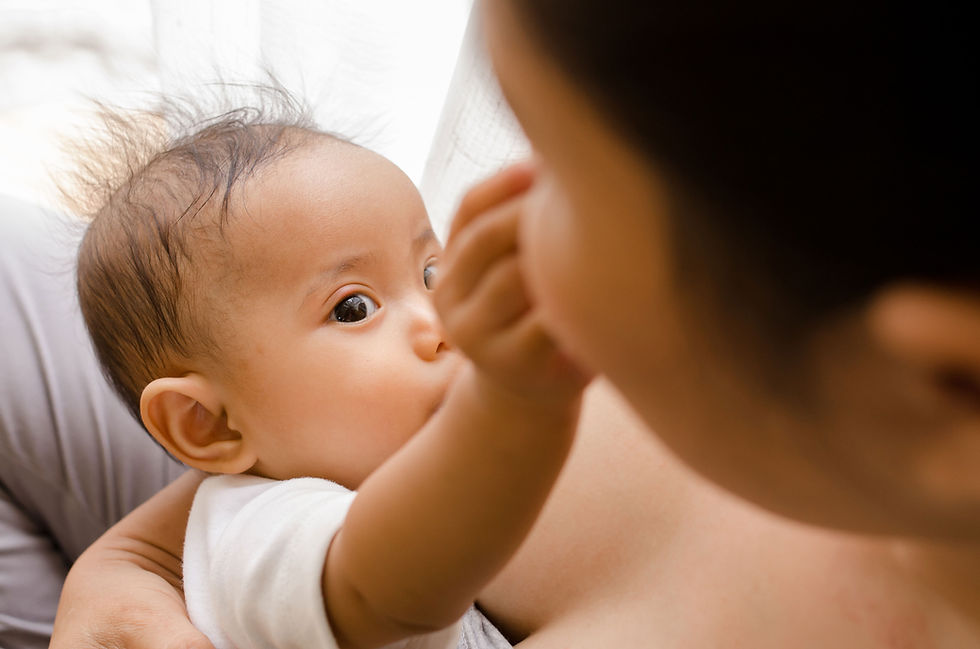Nightmares and night terrors in toddlers.
- Lindsay Loring
- Oct 14, 2020
- 2 min read
Updated: Feb 24, 2025
This topic has come up a ton recently, and that is NO surprise.
Traumatic night wakings peak around this time of year for a couple reasons…
School starting (overtired & new routine) and Halloween (too much spooky stuff out there).
Here are the main differences between the two.
Night terrors are scary. If you have experienced one with your child, you know what I am talking about. They occur 2-3 hours after falling asleep during the transition from non-REM to REM sleep. They will be terrified/inconsolable and unable to make eye contact. They will NOT remember the episode the next day, and it won’t feel like a dream because it did not occur in REM sleep. They affect a small percentage of kids and could be inherited, so be sure to ask your parents if you experienced episodes like these. It’s best to keep engagement very low and do not try and “snap them out of it”. You can comfort them, but do not try to get their attention. It will pass quicker.
Nightmares, on the other hand, are super common. We all have them frequently and they occur just as often as our weird/wacky/crazy dreams do. They occur in REM sleep, and we wake or rouse after it's over because the sleep cycle has ended. Your child may wake up scared and want to tell you about it or maybe they are sweaty and crying. It is okay to console and tell them, “it was just a dream”.
I encourage you to keep your sensitive little ones as far away from the scary Halloween stuff as possible. If you know there is a spooky house down the streets with music, lights and people in masks, steer far away from it! Insert terrifying masked man sitting on porch with an ax (thanks Mom!)
Here are some tips for reducing scary night wakings:
1. Keep screen time monitored. I highly discourage unmonitored Youtube.
2. Avoid over-tiredness (tantrums, rubbing eyes, screaming and throwing fits). Weekly naps may be needed to combat exhaustion from all the remote learning.
3. Reduce stress when possible & talk about what it means to be scared. Validate those feelings because kids are allowed to be scared.
4. Try the wake to sleep approach if you suspect reoccurring night terrors (gently rouse them 15-20 minutes before a typical episode occurs). This can disrupt the cycle.
Reach out to me or leave a comment here if you have questions about scary sleep episodes with your little! Always happy to help.
Lindsay Loring is a certified pediatric sleep consultant who is passionate about sleep. Lindsay has helped many families restore sleep balance in their home after a birth of a child. She is a Mama to twin girls and resides in the Midwest with her family.







Comments